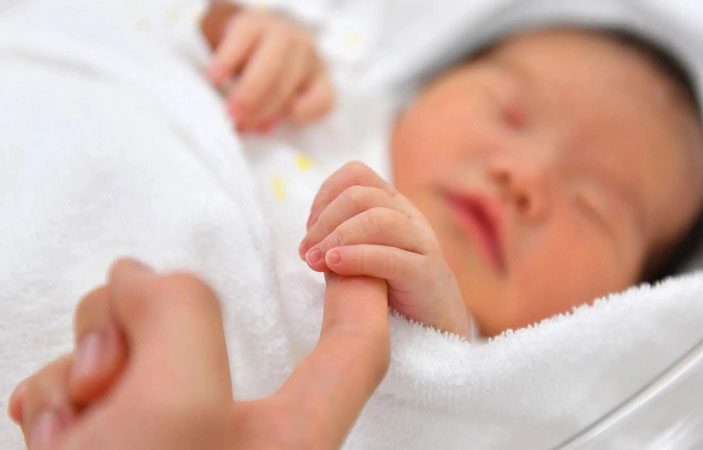According to research by American scientists, baby boys are more talkative than baby girls, challenging the stereotype that girls have a language advantage in early childhood.
On May 31, a study published in the journal iScience revealed that baby boys have a greater ability to communicate than baby girls, breaking the common belief that girls typically excel in language skills during their early years.

Baby boys are more talkative than baby girls. (Illustrative image).
The research team, led by scientist D. Kimbrough Oller from the University of Memphis, Tennessee, analyzed over 450,000 hours of continuous audio data from 5,899 infants, recorded using a device the size of an iPod over a span of more than two years.
This was the largest sample size in the history of language development research. The study’s findings indicate that baby boys spoke 10% more during their first year of life, while baby girls spoke 7% more in their second year.
The surprising results challenge long-held beliefs that girls acquire language faster than boys and the assumption that girls articulate more than boys, which has persisted in the scientific community.
In fact, caregivers tend to converse more with baby girls than with baby boys during the first two years of life.
One hypothesis suggests that boys talk more than girls due to their more active physical nature; however, data does not support this claim, as it shows boys speak more than girls by 16 months but do not exhibit higher physical activity levels.
Instead, the research team proposes that these results align with an evolutionary theory suggesting that infants vocalize to signal caregivers, thereby attracting more energy and attention from them.
Baby boys have a higher mortality rate during their first year, so they make more sounds to enhance their chances of survival. The mortality rate significantly decreases for both genders in the second year of life, which reduces the pressure to emit special signals.
Oller mentioned that his next plan is to study how caregivers respond when children engage in conversation.


















































